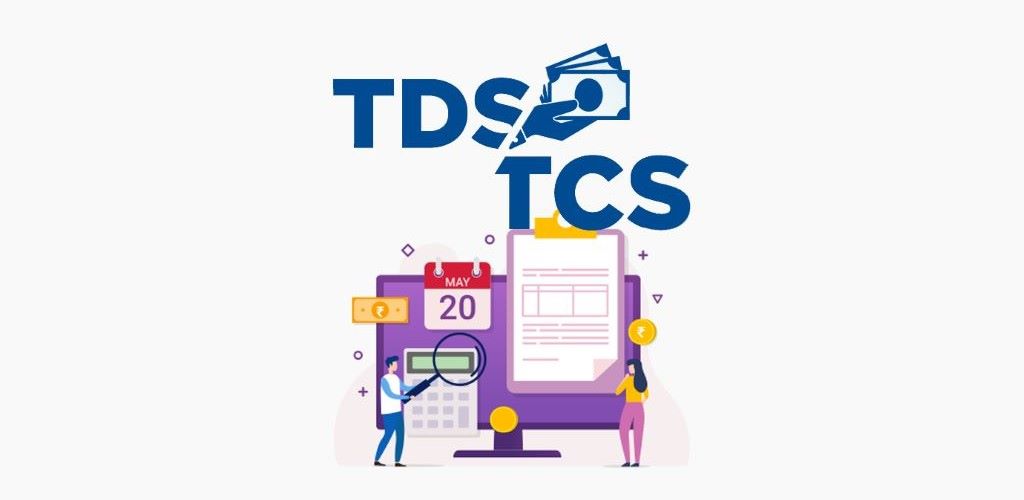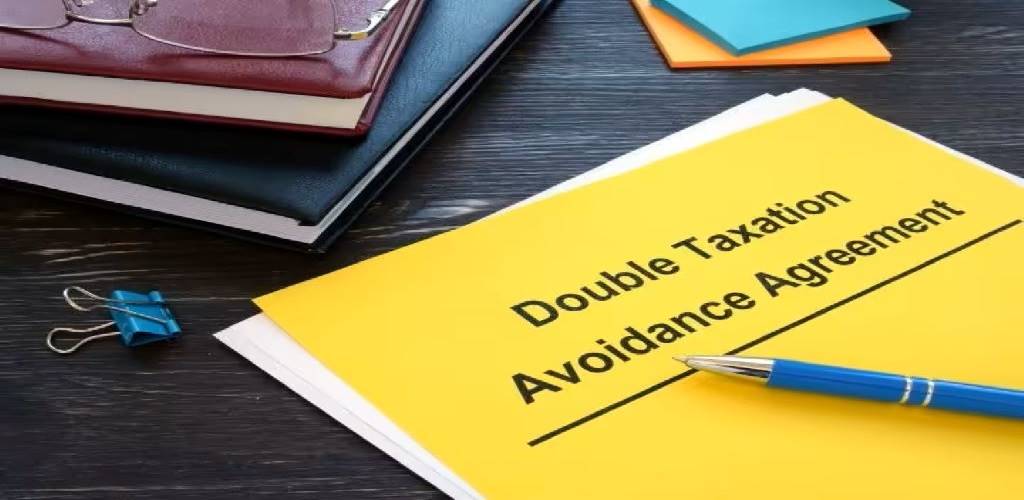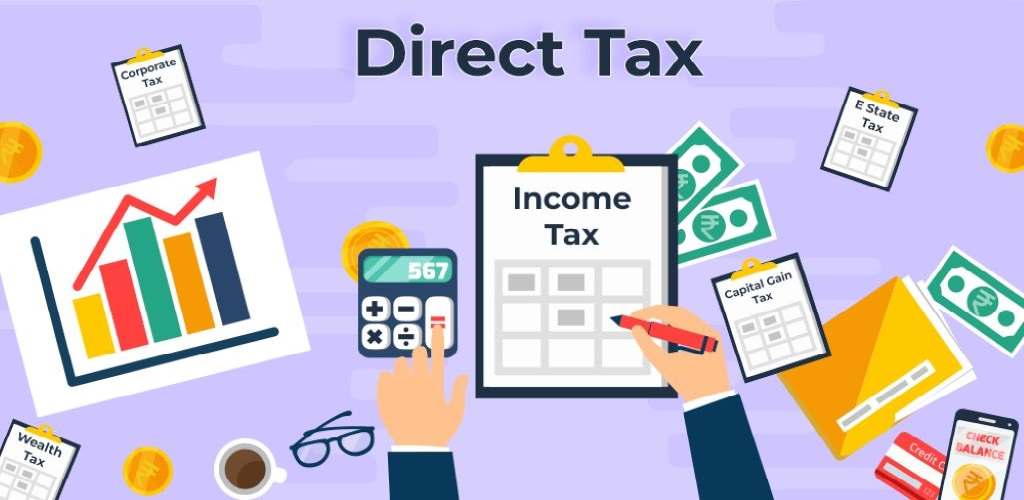Given the recent fluctuations in the equity market, investors are actively seeking stable and consistent financial instruments. In such a scenario, ‘Post Office Saving Schemes’ emerge as a viable investment alternative that offers both capital protection and reasonable returns. These traditional products are widely regarded by investors as secure investments since they are government-backed and ensure a sovereign guarantee against market unpredictability.
As the name implies, the ‘post office savings schemes’ comprise various savings instruments that offer dependable and risk-free returns on investments. These accounts provide options for fixed or recurring deposits with appealing fixed interest rates. They prove highly beneficial for investors as they allow them to securely earn a fixed interest on their deposited amount at regular intervals.
This page explores various post office savings schemes, covering aspects such as interest rates, key features, advantages, and more.
Benefits Of Buying Post Office Savings Scheme In India
The post office savings schemes in India offer several advantages, making them attractive options for investors. Some key advantages include:
- Minimum Investment Risk & Higher Inclusivity: Since the interest rates of these schemes range from 4% to 9%, they include a minimal amount of risk. This makes them highly accessible to individuals with below-the-margin financial status or people from rural areas.
- Tax Exemptions: Many of these schemes qualify for tax rebates under Section 80C based on the deposited amount. Additionally, some specific schemes such as the Sukanya Samriddhi Yojana grant exemption from taxation on the earned interest amount.
- Variety Of Products: The post office provides a variety of savings schemes tailored to meet diverse financial goals and preferences. Whether individuals prefer fixed deposits, recurring deposits, or long-term savings plans, they have the flexibility to select the scheme that aligns most closely with their specific needs.
- No Market Fluctuations: In contrast to certain market-linked investments, post office savings schemes remain unaffected by market fluctuations. This stability renders them well-suited for risk-averse investors who aim for a predictable and steady growth of their savings.
Description Of Post Office Savings Scheme In Brief
Each of the post office savings schemes varies in terms of the rate of return, eligibility criteria, minimum and maximum investment limits, and other factors. The government strives to accommodate every type of investor by customizing each scheme to meet specific preferences and requirements.
Let’s have a brief discussion on each one of them:
It is a basic savings account that allows individuals to deposit and withdraw money easily. It works similarly to any bank savings account.
Eligibility Criteria:
- A single adult
- Two adults only (Joint A or Joint B)
- A guardian on behalf of a minor
- A guardian on behalf of a person of unsound mind
- A minor above 10 years in his own name
Major Facilities Available:
- Cheque book
- ATM card
- Aadhaar seeding
- E-banking/Mobile banking
- Atal Pension Yojana (APY)
- Pradhan Mantri Suraksha Bima Yojana (PMSBY)
- Pradhan Mantri Jeevan Jeevan Jyoti Bima Yojana (PMJJBY)
It is a systematic savings plan where depositors make regular monthly deposits for a fixed tenure, and they receive a lump sum amount along with interest at the end of the maturity period.
Eligibility Criteria:
- A single adult
- Joint account (up to 3 adults; Joint A and Joint B)
- A guardian on behalf of the minor
- A guardian on behalf of a person of unsound mind
- A minor above 10 years in his own name
Major Facilities Available:
- Advance Deposits
- Loan Facility
- Premature Closure
3. National Savings Time Deposit Account (TD)
This is similar to fixed deposits and is available in multiple tenures with varying interest rates.
Eligibility Criteria:
- Same as of National Savings Recurring Deposit Account
Major Facilities Available:
- Account Extension
- Premature Closure
- Pledging Facility
4. National Savings Monthly Income Account (MIS):
- This scheme offers a fixed monthly income to investors who deposit a lump sum amount. It has a maturity period of 5 years.
Eligibility Criteria:
- A single adult
- Joint account (up to 3 adults; Joint A or Joint B)
- A guardian on behalf of a minor / person of unsound mind
- A minor above 10 years in his own name
Major Facilities Available:
- Premature Closure
5. Senior Citizens Savings Scheme Account (SCSS):
- SCSS is designed for senior citizens and offers a higher interest rate. It has a maturity period of 5 years and provides tax benefits under Section 80C.
Eligibility Criteria:
- Individuals of age> 60 year
- Individuals of age between 55 and 60
- Retired civilian or defense employees
Major Facilities Available:
- Account Extension
- Premature Closure
- Closure On Maturity
6. Public Provident Fund Account (PPF)
- PPF is a long-term savings scheme with a maturity period of 15 years.
Eligibility Criteria:
- A single adult by a resident Indian
- A guardian on behalf of a minor/ person of unsound mind
Major Facilities Available:
- Loan Facility
- Premature Closure
- Withdrawal Facility
7. Sukanya Samriddhi Account (SSA)
- SSA is a savings scheme targeted at the girl child, offering a high-interest rate along with tax benefits. The account matures when the girl turns 21.
Eligibility Criteria:
- Girl child up to 10 years from birth
Major Facilities Available:
- Premature Closure
- Closure On Maturity
8. National Savings Certificates (VIIIth Issue) (NSC)
NSC is a fixed-income investment with a maturity period of 5 or 10 years. The interest earned is compounded annually.
Eligibility Criteria:
- A single adult
- Joint Account (up to 3 adults)
- A guardian on behalf of the minor or behalf of a person of unsound mind
- A minor above 10 years in his own name
Major Facilities Available:
- Account Pledging
- Premature Closure
- Account Transfer Facility
9. Kisan Vikas Patra (KVP)
KVP is a small savings instrument that doubles the invested amount in a fixed period. The maturity period and interest rates may vary.
Eligibility Criteria:
- Same as of National Savings Certificates (VIIIth Issue) (NSC)
Major Facilities Available:
- Account Pledging
- Premature Closure
- Account Transfer Facility
10. Mahila Samman Savings Certificate:
This is a single-deposit small savings initiative launched by the government specifically for women, featuring a maturity period of two years. Any woman or guardian of a girl child is eligible to open and maintain this account.
Eligibility Criteria:
- A woman
- Guardian on behalf of a minor girl
Major Facilities Available:
- Withdrawal Facility
- Premature Closure
11. PM CARES For Children Scheme, 2021
The objective of this scheme is to assist children who have been orphaned due to the COVID-19 pandemic, encompassing those who have lost both parents, legal guardians, adoptive parents, or the surviving parent.
Eligibility Criteria:
The age of the eligible beneficiary will be determined by the number of full years completed as of the forthcoming date of birth at the time of the account’s opening.
Interest Rates & Investment Limits Of The Listed Post Office Savings Scheme
| Scheme Name | Applicable Interest Rates Per Annum (W.E.F 01.10.2023 To 31.12.2023) | Minimum Investment Limit | Maximum Investment Limit |
| Post Office Savings Account (SB) | 4% | Rs. 500 | No Limit |
| National Savings Recurring Deposit Account (RD) | 6.7% | Rs. 100 | No Limit |
| National Savings Time Deposit Account (TD) | For 1 Year: 6.9% For 2 Years: 7.0% For 3 Years: 7.0% For 5 Years: 7.5% | Rs. 1000 | No Limit |
| National Savings Monthly Income Account (MIS) | 7.4% | Rs. 1000 | For Single Account: Rs. 9 Lakhs For Joint Accounts: Rs. 15 Lakhs |
| Senior Citizens Savings Scheme Account (SCSS) | 8.2% | Rs. 1000 | Rs. 30 Lakhs |
| Public Provident Fund Account (PPF) | 7.1% | Rs. 500 | Rs. 1,50,000 |
| Sukanya Samriddhi Account (SSA) | 8% | Rs. 250 | Rs. 1,50,000 |
| National Savings Certificates (VIIIth Issue) (NSC) | 7.7% | Rs. 1000 | No Limit |
| Kisan Vikas Patra (KVP) | 7.5% | Rs. 1000 | No Limit |
| Mahila Samman Savings Certificate | 7.5% | – | – |
| PM CARES For Children Scheme, 2021 | The recipient will accrue interest in line with the ‘Monthly Income Account Scheme’ on a sum of ₹10 lakh, and they will receive a monthly stipend in their savings account until they reach the age of 23. | – | – |
How To Apply For A Post Office Savings Scheme?
There are various ways to apply for a post office savings scheme. They are discussed below:
Through Desired Post Office:
One can apply for any post office savings scheme through the desired post office by the following means:
- Head to the nearest post office branch.
- Obtain the application form for opening the specific account either from the post office or by downloading it from the official Indian Post Office portal.
- Complete the form by providing the necessary information and submit it along with the KYC proof and any other required documents.
- Conclude the enrollment process by depositing the chosen scheme’s amount.
Through Mobile Banking/E-Banking:
- First, go to the concerned Post Office and submit the duly signed prescribed form to avail mobile banking or e-banking facility.
- After enabling these services at the respective Post Office, the account holder will receive an activation code within 48 hours of opening the account. This activation code is required to proceed with the “New User Activation” option available at https://www.ebanking.indiapost.gov.in.
- After a successful login, access the options related to account services.
- You will find an option to open a post office savings account. Select this option to proceed.
- On the account opening page, you will be asked to provide various details, such as deposit amount, tenure, and other relevant information. Fill in these details accurately.
- Once you have entered all the required information, double-check everything to ensure accuracy. After verifying the details, submit your request by tapping the appropriate button.
Note: In case you face any issue or difficulty throughout the process, you can simply go to the nearest post office. The customer care executive of the post office will resolve your issue as soon as possible.
Documents Required For Applying For Post Office Savings Scheme
- Account opening form
- Pan card
- KYC form (For new customers/modification in KYC details))
- Aadhaar card, if an Aadhar card is not made available, one can submit the following documents:
- Passport
- Driving license
- Voter ID card
- Job card issued by MNREGA duly signed by the State Government Officer.
- Letter issued by the National Population Register including details about name and address
- Birth certificate or proof of date of birth in case of minor account. (In the case of the Sukanya Samriddhi Account, a birth certificate is mandatory.)
- KYC documents of all joint holders (For joint account)
- KYC details of guardian (For minor account)
List Of Fees Applicable Under Post Office Savings Scheme
Please refer to the table provided below for the detailed fee structure applicable to the post office savings scheme:
| Facilities | Fees |
| Issue of duplicate passbook | Rs. 50 |
| Issue of passbook due to lost or mutilated certificate | Rs. 10 per registration |
| Issue of deposit receipt or statement of account | Rs. 20 in each case |
| Transfer of account | Rs. 100 |
| Pledging of account | Rs. 100 |
| Charges of dishonor of cheque | Rs. 100 |
| Issue of the chequebook in the savings bank account | There is no charge for up to 10 leaves in a calendar year; thereafter, each additional cheque leaf incurs a fee of Rs. 2 |
Frequently Asked Questions
An individual is limited to opening only one account as a single account under the Post Office Savings Account.
No, there is no provision for that. The interest from the MIS can be credited to the Savings (SB) account, and you can set up a standing instruction to transfer it from the SB account to the RD account. To initiate this, a designated application form must be submitted to the respective post office.
No, post office savings accounts are not available to NRIs. Only resident individuals can open and operate these accounts.
The interest rates on post office savings schemes are fixed by the government and are compounded quarterly for most schemes. The interest is credited to the account annually.
Yes, account holders can appoint a nominee for their post office savings schemes. The nominee will receive the proceeds in the event of the account holder’s demise.








